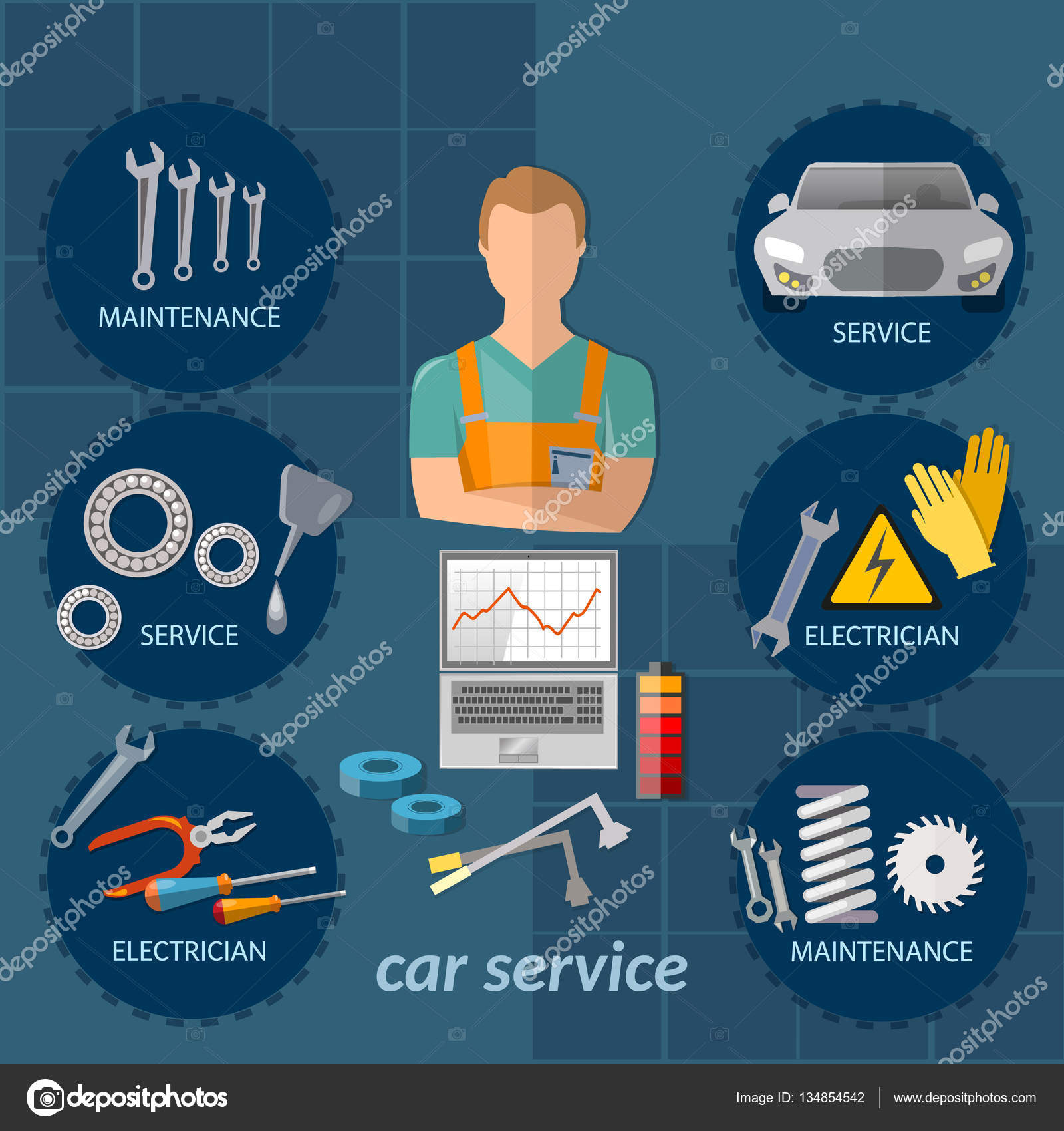Wondering Concerning The Definition Behind Those Control Panel Warning Lights? Gain Understandings Into Their Implications For Your Automobile'S Safety And Security And Maintenance
Wondering Concerning The Definition Behind Those Control Panel Warning Lights? Gain Understandings Into Their Implications For Your Automobile'S Safety And Security And Maintenance
Blog Article
Written By-Boye Corbett
When you lag the wheel, those glowing warning lights on your control panel can be a little bit perplexing. Do you recognize what they're trying to inform you regarding your car's health? Recognizing https://front-brakes-and-rotors39516.blogsvila.com/31337104/a-detailed-resource-detailing-the-essential-tools-needed-in-every-automobile-repair-shop-disclosing-the-key-elements-for-reliable-lorry-upkeep of these lights is essential for your safety and the durability of your automobile. So, the following time among those lights pops up, wouldn't you intend to decipher its message accurately and take the necessary steps to address it?
Common Warning Lighting and Interpretations
Identify typical caution lights in your auto and recognize their significances to ensure safe driving.
The most common caution lights include the check engine light, which signifies problems with the engine or exhausts system. If this light comes on, it's crucial to have your lorry inspected without delay.
The oil stress warning light shows reduced oil stress, requiring prompt attention to stop engine damage.
A flashing battery light may suggest a faulty charging system, potentially leaving you stranded otherwise dealt with.
Read the Full Report (TPMS) light alerts you to low tire pressure, impacting vehicle security and fuel performance. Overlooking this can bring about unsafe driving conditions.
The abdominal light indicates a trouble with the anti-lock braking system, endangering your capacity to stop rapidly in emergencies.
Finally, the coolant temperature level advising light warns of engine overheating, which can result in extreme damage otherwise settled quickly.
Recognizing these usual warning lights will help you resolve problems promptly and preserve risk-free driving problems.
Relevance of Prompt Focus
Recognizing the common warning lights in your vehicle is just the primary step; the significance of immediately dealing with these cautions can not be highlighted enough to ensure your security when driving.
When a warning light illuminates on your dashboard, it's your automobile's method of interacting a potential problem that needs focus. Overlooking these warnings can result in extra extreme troubles later on, endangering your safety and security and possibly costing you extra in repairs.
Motivate attention to warning lights can protect against break downs and crashes. For example, a flashing check engine light can suggest a misfire that, if left ignored, could cause damage to the catalytic converter. Resolving this promptly can save you from an expensive repair.
Likewise, a brake system cautioning light may indicate low brake liquid or worn brake pads, important elements for your security when driving.
Do It Yourself Troubleshooting Tips
If you discover a warning light on your dashboard, there are a couple of do it yourself repairing pointers you can try prior to looking for professional assistance.
https://remingtonhcvpj.is-blog.com/37597687/clearing-up-the-leading-5-misunderstandings-concerning-vehicle-outlining is to consult your auto's guidebook to understand what the particular warning light suggests. In some cases the concern can be as simple as a loosened gas cap triggering the check engine light. Tightening the gas cap might deal with the trouble.
Another typical problem is a reduced battery, which can cause numerous cautioning lights. Checking the battery connections for rust and guaranteeing they're secure could deal with the problem.
If a caution light persists, you can attempt resetting it by detaching the vehicle's battery for a few mins and after that reconnecting it. In addition, checking your car's fluid degrees, such as oil, coolant, and brake fluid, can aid repair advising lights connected to these systems.
Final thought
Finally, recognizing your auto's caution lights is necessary for keeping your car running smoothly and securely. By quickly addressing these alerts and understanding what they suggest, you can prevent costly repairs and potential breakdowns.
Bear in mind to consult your cars and truck's guidebook for particular details on each warning light and act appropriately to guarantee a trouble-free driving experience.
Keep notified, remain safe on the road!
